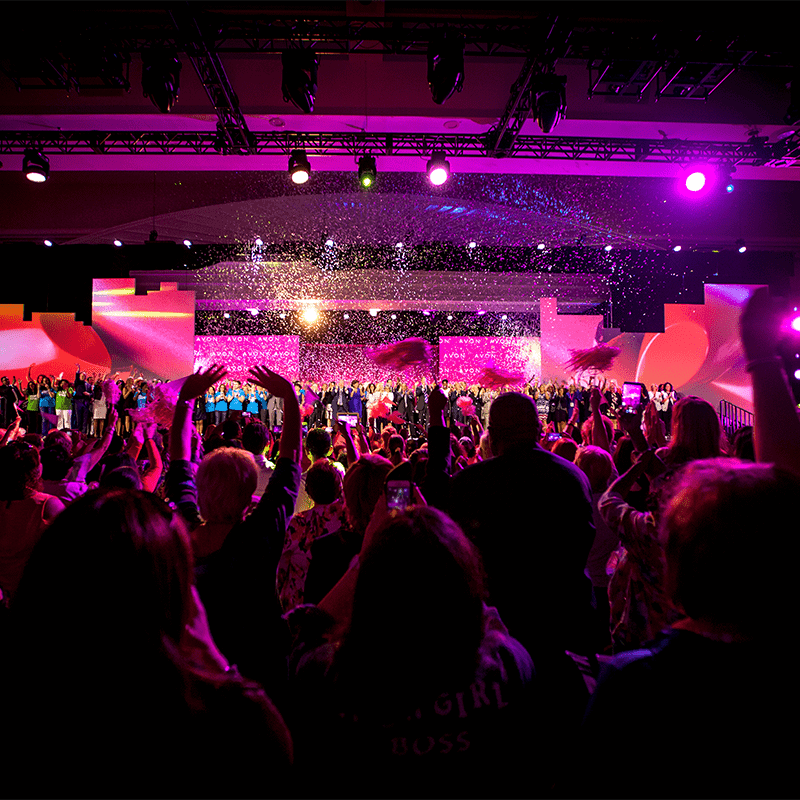Transforming Spectator Interaction Through Engaging VR Encounters in Live Performances
Transforming Spectator Interaction Through Engaging VR Encounters in Live Performances
Blog Article
In the past years, digital reality has emerged as powerful tool for enhancing viewer involvement in live performances. Such innovation allows viewers to submerge oneself in a 3D environment, crafting a unique experience that conventional formats cannot easily duplicate. By utilizing VR, producers can move viewers into the core of the performance, causing them sense as if they are part of the performance. This groundbreaking method not just captivates viewers but also unlocks new possibilities for narrative and engagement.
A of the key benefits of using VR in real-time performances is the capability to create a more interactive encounter. Viewers can engage with the show in the moment, shaping the result or discovering different perspectives. For instance, in a stage production, viewers wearing VR goggles can choose to pursue particular roles or segments, allowing them to tailor their encounter. This level of interactivity cultivates a more profound connection between the audience and the performance, rendering it even memorable and impactful.
Moreover, VR technology can improve the sight and sound aspects of a live performance. With high-quality graphics and audio engineering, producers can build breathtaking settings that draw viewers in. This immersive quality can elevate the complete experience, making it even more engaging and pleasurable. For example, a concert can be transformed into a multi-sensory experience, where audience members go to website experience as if they are on stage with the performers. Such improvements not just draw larger viewers but also encourage repeat viewing, as audiences look to re-experience the thrill.
Alongside improving viewer involvement, VR can also offer insightful data for producers. By analyzing how viewers interact with the digital setting, producers can gather data on audience preferences and behaviors. This data can inform upcoming performances, assisting to customize material to more effectively satisfy the demands and wants of the viewers. As a consequence, VR not just enhances the present encounter but also adds to the development of live productions as a whole.
As the technology continues to advance, the possibilities for VR in live productions is vast. From theater and concerts to sports events and festivals, the possibilities are endless. By embracing this innovative method, producers can revolutionize the way audiences engage with real-time entertainment. As more creators investigate the incorporation of VR, it is probable that we will see a shift in how performances are designed and presented, eventually resulting to a more engaging and participatory prospect for real-time performances.